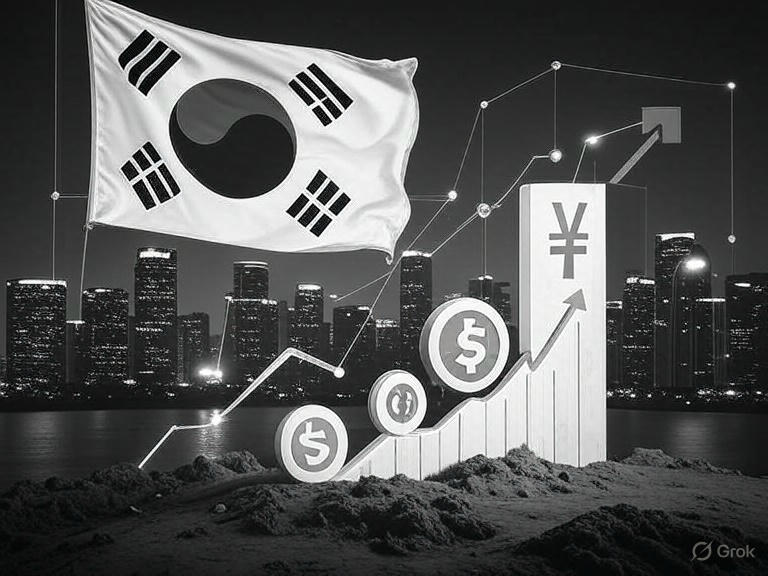
South Korea, often underestimated due to its small size, is a tech powerhouse poised for a crypto resurgence with the 2025 election of pro-crypto President Lee Jae-myung. Here, we examine South Korea’s crypto landscape, Lee’s vision, and the potential for a won-backed stablecoin to shape its economic future.
Lee’s Early Career
Rising from poverty to become a human rights lawyer, Lee Jae-myung dedicated his pre-political career to fighting injustices and promoting equality. This commitment likely fuels his pro-crypto stance, as cryptocurrencies, often dubbed “the People’s Money” empower individuals by decentralising financial access. His advocacy, from accepting crypto donations in 2021 to proposing a won-backed stablecoin in 2025, reflects this ethos.
South Korea and Crypto
A tech-savvy nation with world-leading internet speeds, South Korea was an early crypto adopter, ranking as the third-largest Bitcoin trading market and the largest for Ethereum in 2017. Regulatory crackdowns, including a 2017 ICO ban and 2018 real-name trading rules, contracted the market. Yet, high adoption rates (6.45 million users in 2023) and the won’s volatility have sustained South Korea’s status as a global crypto hub and here’s a few metrics to reinforce:
- crypto market doubles to $77.5 bn By late 2024, 20% of South Koreans traded crypto (KED Global).
- Won’s crypto dominance: The Korean won was the most traded fiat currency for crypto in Q1 2024, reflecting robust demand (Bloomberg).
Stablecoins to Strengthen the Won?
Large capital outflows, such as 56.8 trillion won (~$40.8 billion) in Q1 2025, disrupt the South Korean won by undermining confidence, driving devaluation and potentially fueling inflation. Often triggered by economic or political instability, these outflows create a self-reinforcing cycle. Lee’s proposed won-backed stablecoin could enhance liquidity and curb outflows by promoting won-denominated digital transactions. While not fully shielding the won from global volatility, it’s a critical step toward strengthening the currency and domestic economic activity.
